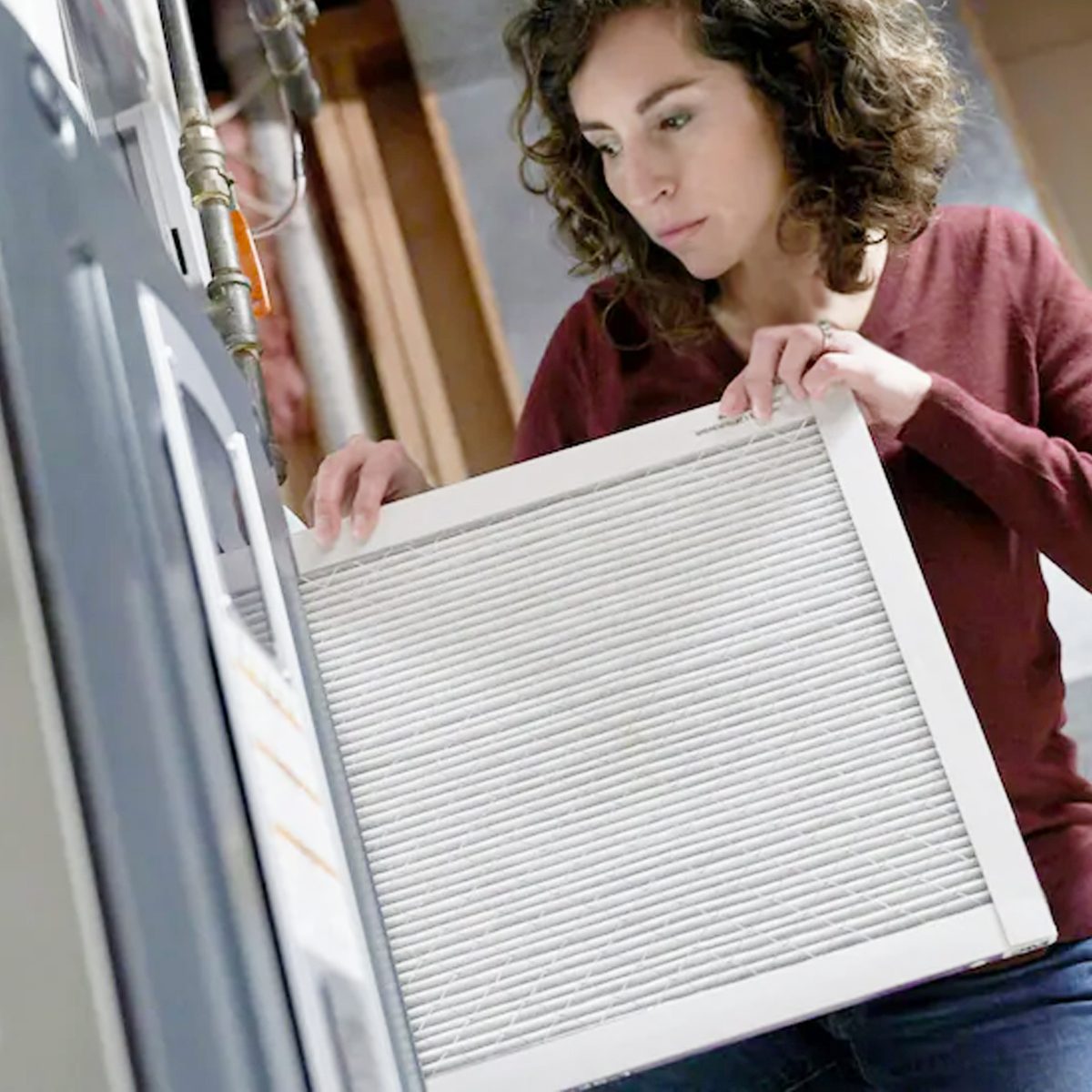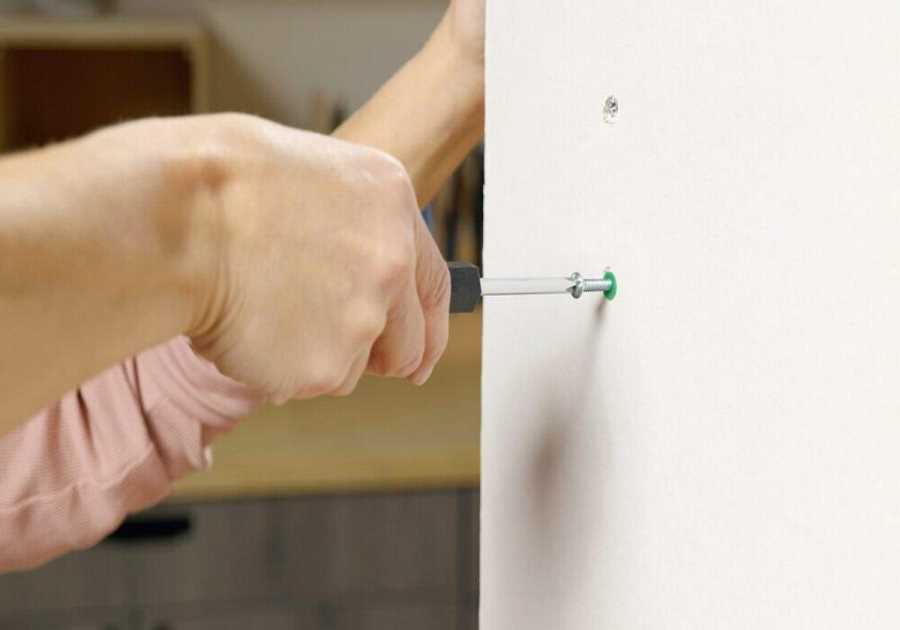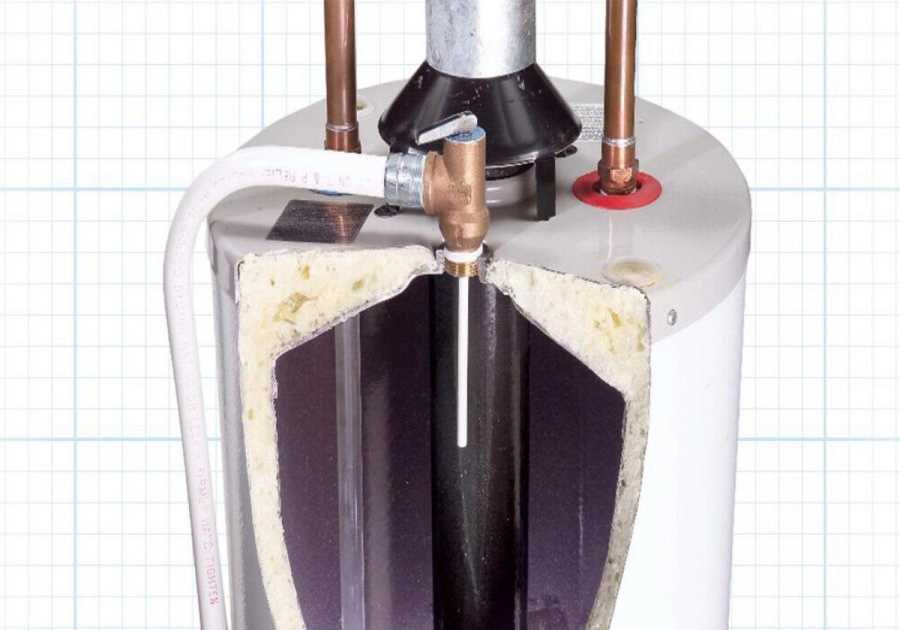
Choosing a Furnace Filter
A furnace filter is all that stands between the furnace burner and the dusty surroundings, and it also protects people from breathing contaminated air recirculated by the blower.
It’s important to choose your filter wisely, because a furnace with the wrong filter won’t work efficiently. A filter that removes the smallest particulate matter provides the cleanest air, but it might not provide enough airflow for the furnace.
On the other hand, furnace performance can be adjusted when clean air is the number one priority. That’s why a consultation with an HVAC technician is a must before shopping for a more efficient filter than the one you have now.
What Is a Furnace Filter?
A furnace filter is a rectangular piece of fibrous filtering material, typically mounted in a frame. There’s usually one mounted in a channel behind the air intake cover on the furnace itself, and there may be others installed in return vents. The most common sizes are 16-in. x 20-in., 20-in. x 25-in. and 16-in. x 25-in., but there are other sizes available as well.
Types of Furnace Filters
Filters can be disposable or washable, pleated or non-pleated. Some are electrostatically charged to better attract pollutants. The fibers may be natural, such as cotton or cellulose; a light metal like aluminum; or a synthetic material like polyester or fiberglass.
Over the years, filter efficiency has improved to provide cleaner indoor air. The Minimum Efficiency Reporting Value (MERV) rating, ranging from 1 to 20, identifies a filter’s ability to remove particulate matter. The higher the MERV, the better the filter.
Typical MERV ratings for residential furnace filters are between 6 and 12. If you’re concerned about indoor air quality, the Environmental Working Group recommends a MERV 10 or higher.
Furnace Filter Features
When shopping for a furnace filter, check MERV rating first. Other important factors include:
- Disposable/Washable: Homeowners tend to prefer throwaway filters, which means keeping extras on hand. A washable filter, on the other hand, can last for years, but washing can be time-consuming.
- Pleated/Non-Pleated: Non-pleated filters with fiberglass or polyester fibers are inexpensive and provide good airflow for the furnace. But to keep the air in your house clean, you’ll need the extra filtration area of a pleated filter.
- Thickness: Most filters are one inch thick, but some can be two to five inches. Thicker filters provide better filtration, but they don’t fit every system.
- Electrostatic: Most small particles in the air carry an electric charge. Electrostatic filter media attract and remove these more easily than uncharged media.
- MPR: This is the Microparticle Performance Rating established by 3M. It ranges from 600 to 2,800 — the higher the number, the better the filtration. Most residential filters range from 1,200 to 1,900.
Did you miss our previous article...
https://rsssuperfeeds.com/life-hacks/these-interior-wall-trim-ideas-will-add-character-to-your-home






